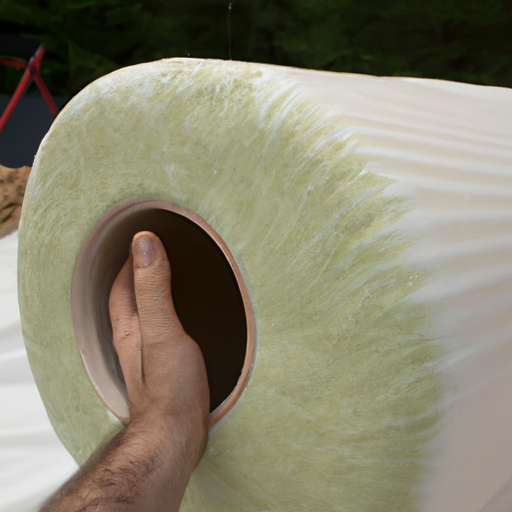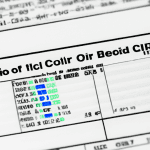Introduction
Insulating your grow tent is essential for maintaining a stable and controlled environment for your plants. Whether you’re growing vegetables, herbs, or flowers, proper insulation can help regulate temperature, humidity, and prevent energy loss. In this step-by-step guide, we will walk you through the process of insulating your grow tent effectively.
1. Assessing Your Grow Tent
Before you start insulating, it’s crucial to evaluate your grow tent’s current condition. Check for any existing insulation or potential areas where heat or cold air might escape. Identifying these areas will help you determine the type and amount of insulation needed.
2. Choosing the Right Insulation Materials
There are various insulation materials available, but the most commonly used ones for grow tents are reflective insulation, bubble wrap, and foam boards. Reflective insulation helps maintain temperature by reflecting heat back into the tent, while bubble wrap and foam boards provide insulation against cold air infiltration.
3. Applying Reflective Insulation
Start by measuring the dimensions of your grow tent and cut the reflective insulation accordingly. Attach the insulation to the inner walls of the tent using adhesive or tape, ensuring a tight and secure fit. Pay extra attention to covering the corners and seams to prevent any heat leakage.
4. Using Bubble Wrap
Bubble wrap is an affordable and effective option for insulation. Cut the bubble wrap to fit the size of your grow tent walls and wrap it around them. Secure the bubble wrap with tape or clips, making sure it is tightly sealed. This will create an additional layer of insulation and prevent heat loss.
5. Installing Foam Boards
Foam boards are excellent for insulating the floor and ceiling of your grow tent. Measure and cut the boards to fit these areas precisely. Place the foam boards on the floor and ceiling, ensuring they cover the entire surface. Secure them in place using adhesive or tape.
6. Sealing Gaps and Vents
To maximize insulation, seal any gaps or vents in your grow tent. Use weatherstripping tape or silicone caulk to seal around the edges of doors, windows, and any other openings. This will prevent air leakage and maintain a more controlled environment.
7. Monitoring and Adjusting
Once you have insulated your grow tent, it’s essential to monitor the temperature and humidity levels regularly. Make adjustments as needed to ensure optimal growing conditions for your plants. Consider using a thermometer and hygrometer to keep track of these variables accurately.
Conclusion
Insulating your grow tent is a crucial step in creating a stable and controlled environment for your plants. By following this step-by-step guide, you can effectively insulate your grow tent using reflective insulation, bubble wrap, and foam boards. Remember to seal any gaps or vents and monitor the temperature and humidity levels regularly. With proper insulation, you can provide the ideal conditions for your plants to thrive and maximize your growing success.




